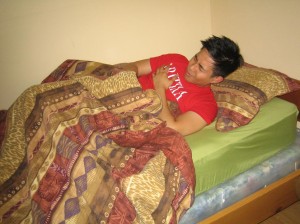Esophageal spasm is characterized as propulsive movement or peristalsis of the esophagus. In this condition, the usual propulsive contraction that drives food via the esophagus are substituted in a periodic manner by non-propulsive contractions or disproportionate muscular contractions or pressure of the lower esophageal sphincter opens and ends strangely. The precise cause is not recognized but there is a possible nerve defect.
What are the signs and symptoms?
The muscular spasms in the esophagus can be felt as chest pain below the breastbone coinciding with difficulty swallowing liquids and solids. The pain can also occur at night time and might be intense enough to awaken the individual.
Esophageal spasm can also trigger significant pain without difficulty swallowing. This pain is often squeezing in quality beneath the breastbone that can occur along exercise or exertion which makes it hard for the doctor to differentiate it from angina.

Throughout the years, the condition might progress into achalasia which is a condition where the rhythmic contractions of the esophagus are drastically reduced. Some might experience symptoms that combine those of achalasia and esophageal spasm.
How is it diagnosed
An X-ray is usually taken while the individual ingests a barium drink which reveals that the liquid barium does not travel down normally through the esophagus and the contractions of the esophageal wall are uncoordinated and do not drive the barium.
The pressure measures via manometry can provide the most sensitive and comprehensive analysis of the esophageal spasm.
Management
An esophageal spasm is often hard to treat. The calcium channel blockers such as nifedipine can help alleviate the symptoms by relaxing the esophageal muscles. Oftentimes, the injection of botulinum toxin into the lower esophageal sphincter is also beneficial.
Other medications such as nitroglycerin, anticholinergic drugs and long-acting nitrates are not useful. Sometimes, potent pain medications might be needed. Some individuals have symptoms that are hard to manage. In such cases, the esophagus might be dilated by inflating a balloon within or with the progressive insertion of a large blunt instrument. In rare instances, the surgeon might slice the muscular layer throughout the entire length of the esophagus.

